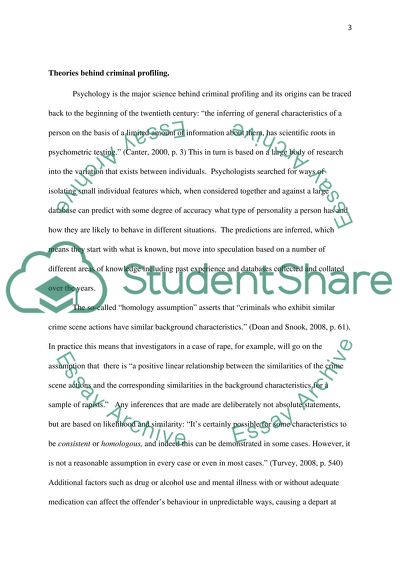Cite this document
(“Critically evalutate the evidence that criminal profiling is effective Essay”, n.d.)
Retrieved from https://studentshare.org/environmental-studies/1417705-critically-evalutate-the-evidence-that-criminal
Retrieved from https://studentshare.org/environmental-studies/1417705-critically-evalutate-the-evidence-that-criminal
(Critically Evalutate the Evidence That Criminal Profiling Is Effective Essay)
https://studentshare.org/environmental-studies/1417705-critically-evalutate-the-evidence-that-criminal.
https://studentshare.org/environmental-studies/1417705-critically-evalutate-the-evidence-that-criminal.
“Critically Evalutate the Evidence That Criminal Profiling Is Effective Essay”, n.d. https://studentshare.org/environmental-studies/1417705-critically-evalutate-the-evidence-that-criminal.


